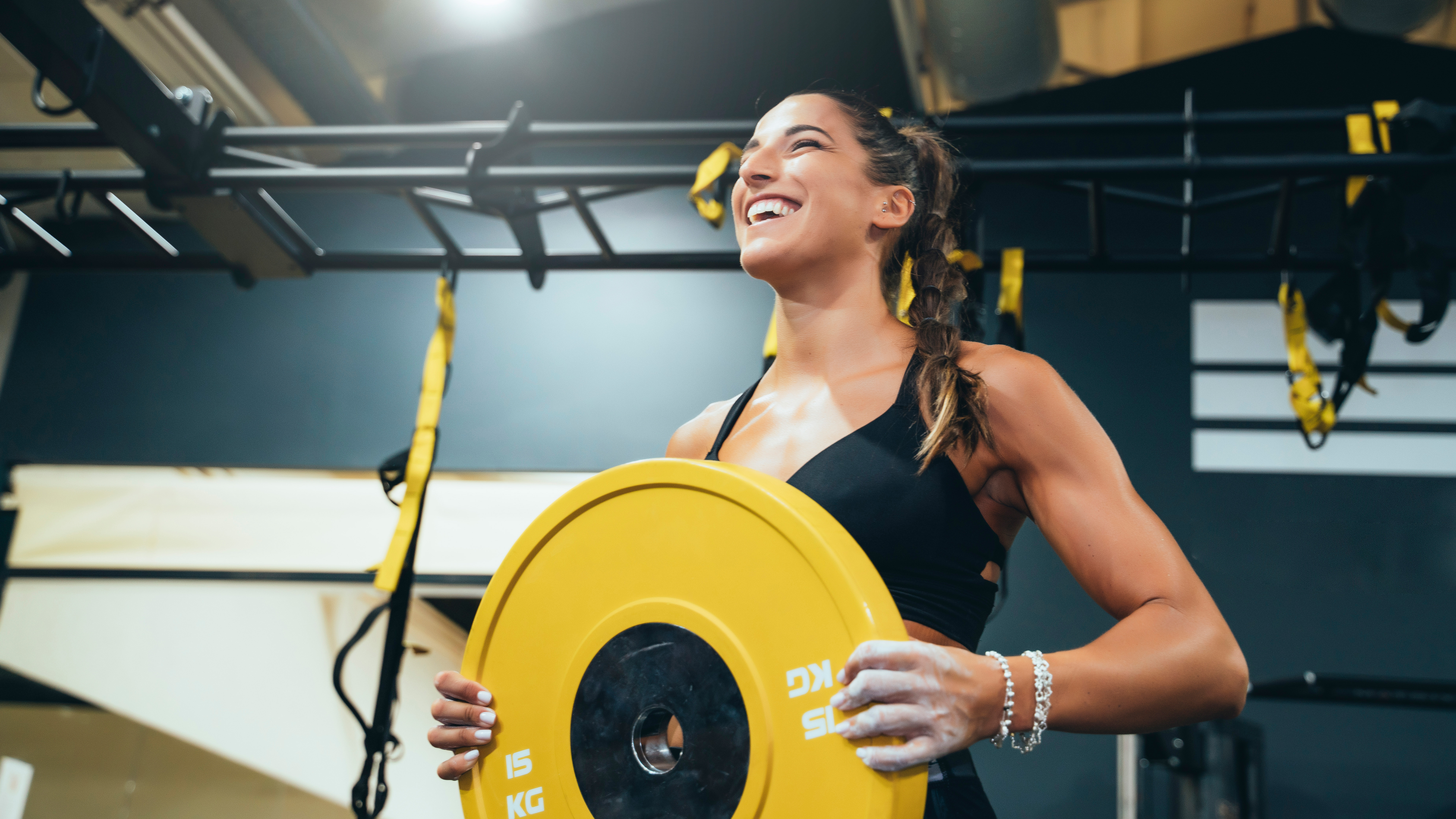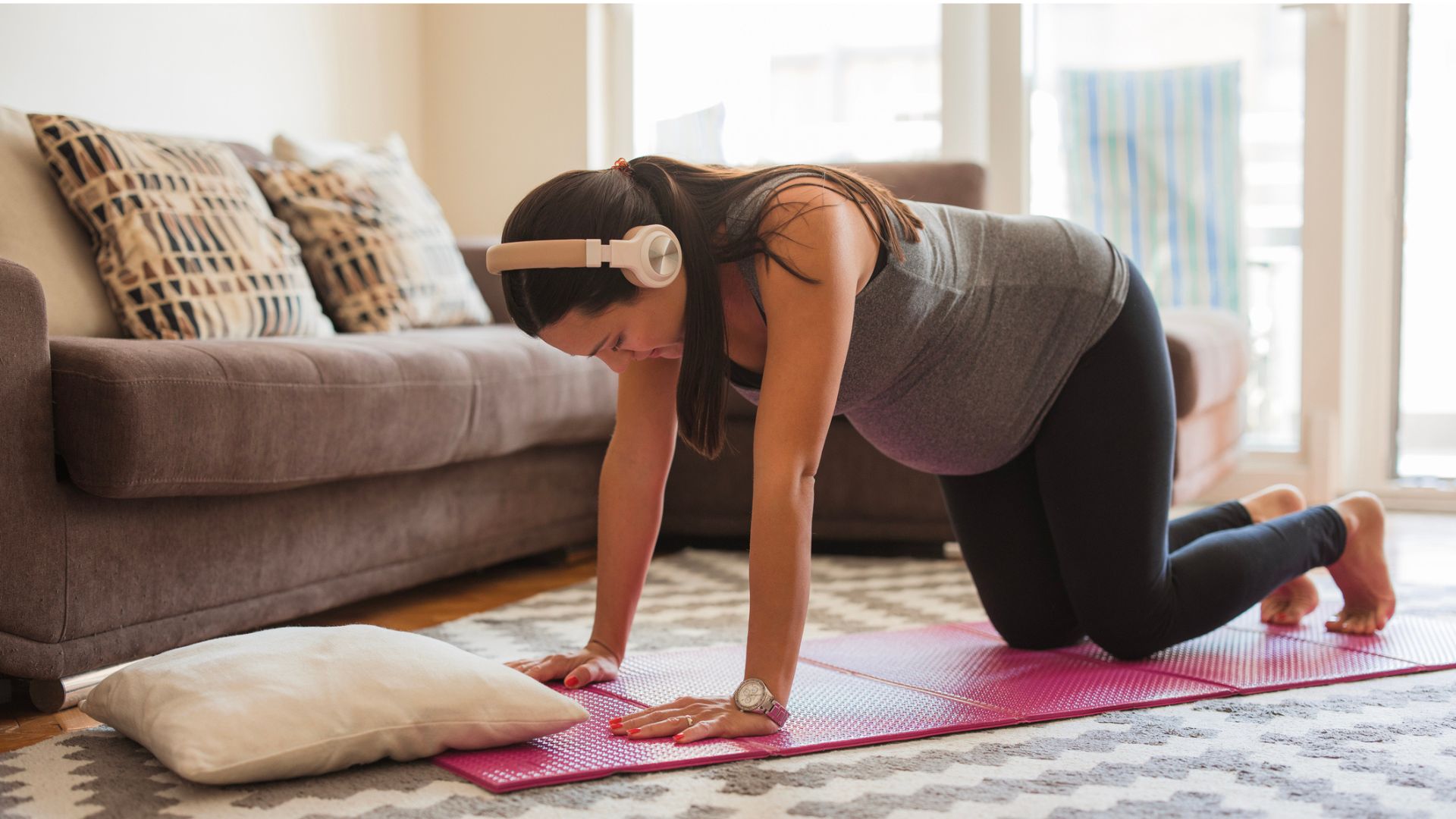A mobility coach says these are the seven best stretches for beginners to keep daily aches and pains at bay
Use this routine to wind down before bed
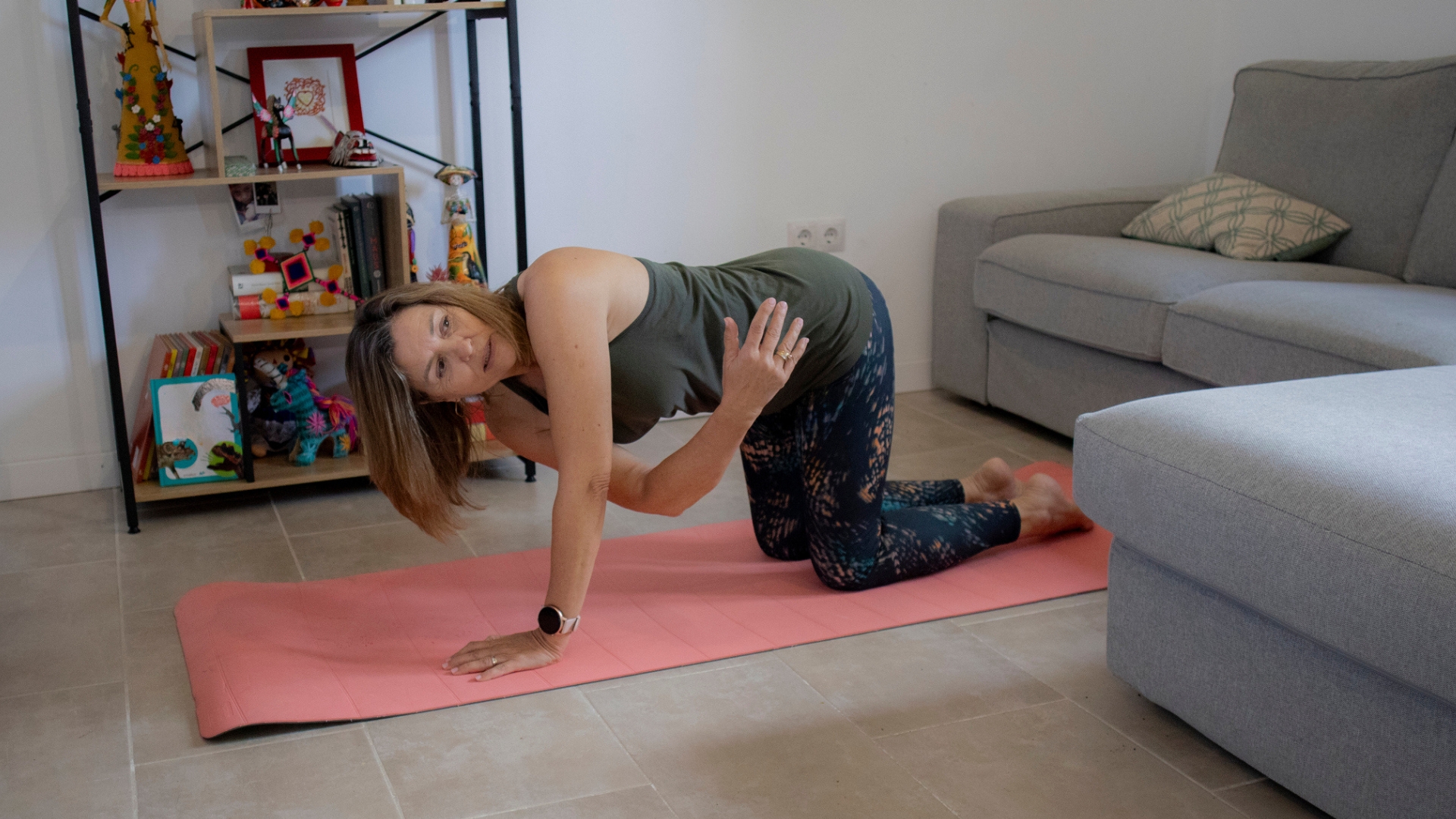
"Move it or lose it" is considered the golden rule of mobility. If you don’t keep moving your body, it will adapt to a sedentary lifestyle, leading to stiffness, reduced range of motion and discomfort.
Cody Mooney, former CrossFit Games athlete and managing partner at mobility app pliability, knows this firsthand. Since stepping up his role at pliability, he’s been more deskbound, replacing regular training with back-to-back meetings and video calls.
To counteract the effects of career progression, Mooney has developed a 14-minute pre-bed routine which he does two or three times a week to maintain mobility, and keep daily aches and pains at bay.
"It's like a comfort blanket—knowing I'm doing some preventative stuff to decrease the risk of injury," says Mooney.
Mooney's routine begins with a pigeon and child's pose to loosen the hips and lower back.
"Nowadays we have a tendency to be seated, but a lot of mobility problems can stem from that so anything that will target the gluteus medius, lower back and hip flexors is a great place to start—to regain the mobility and range of motion you're supposed to have," says Mooney.
Then Mooney switches the focus to the shoulders and upper back. "Posture-wise, people have to put up with a lot of internal rotation [such as when typing or writing] which is a common cause for shoulder problems."
Get the Fit&Well Newsletter
Start your week with achievable workout ideas, health tips and wellbeing advice in your inbox.
Downward-facing dog, puppy dog and cat-cow will mobilize the thoracic area, improving your posture and protecting the spine. Threading the needle introduces rotation into the upper back and finishing with the deep saddle pose opens up the front of the body.
All these stretches are safe for beginners, but saddle pose may be challenging if you have stiff knees and ankles, or lower back issues. Mooney recommends trying it only if you feel comfortable, but if you can it's a beautiful way to open up the front of your body and sink into a deep, restorative stretch before lights out.
How to do the routine
A post shared by Fit&Well (@wearefitandwell)
A photo posted by on
Mooney recommends passively stretching into each move for two minutes, then gradually building up to three. "That allows for a little bit of uncomfortableness but also to relax into a meditative state that will help you unwind mentally. That's my favorite duration," he says.
Passive stretching means sinking into the stretch and allowing gravity to do the work. It requires patience but with some deep breathing through your nose, you can use your exhalation to ease further into each pose.
1. Pigeon
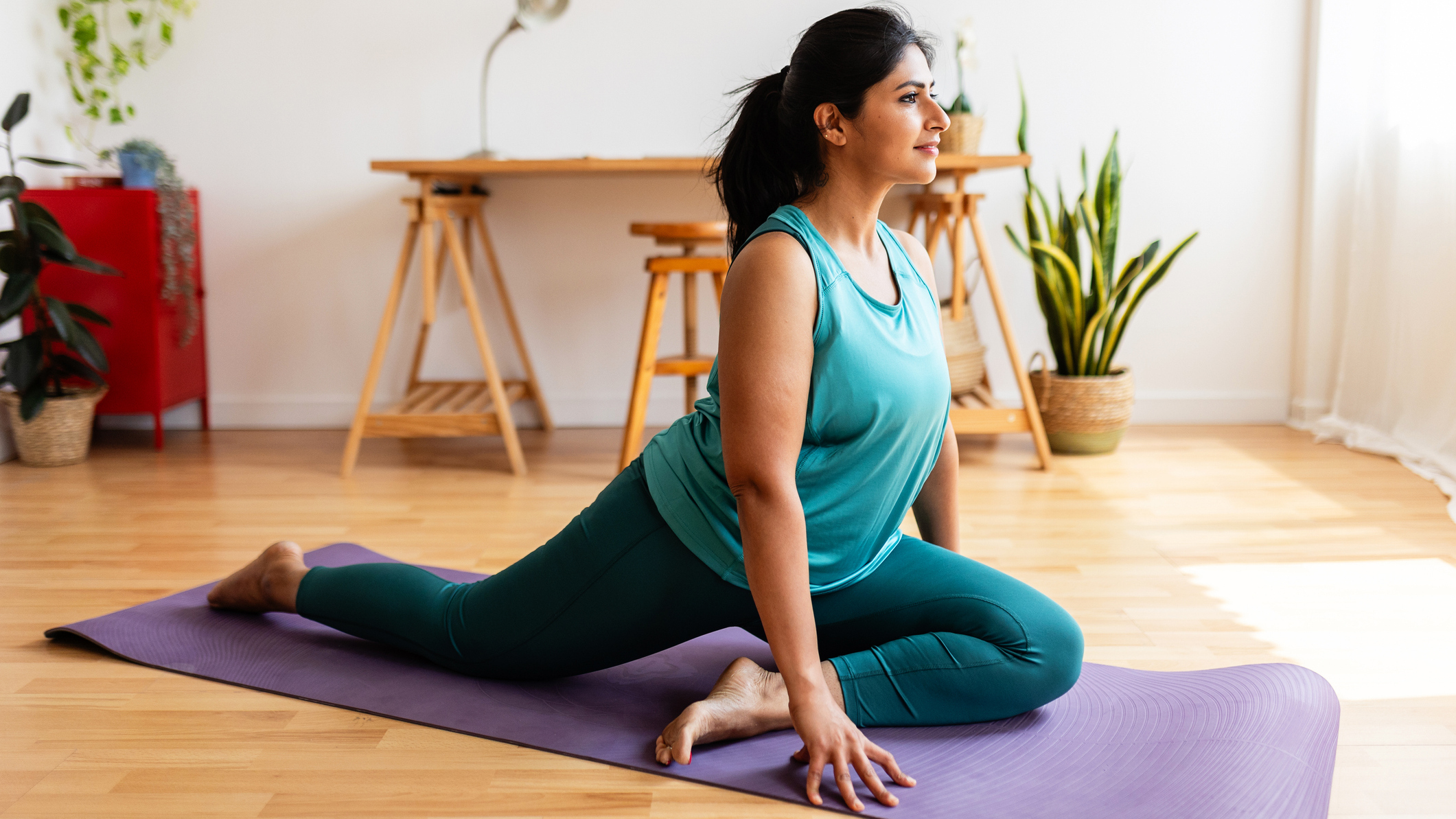
- From your hands and knees, bring your right knee toward your right wrist and your right foot toward your left wrist.
- Extend your left leg behind you and lower your hips.
- Lean forward over your shin onto your forearms for a deeper stretch or stay up on your hands.
- Hold for one minute then switch sides.
2. Child's pose

- From your hands and knees, open your knees wider and sit back onto your heels.
- Stretch your arms forward, keeping your neck in a neutral position.
- Lower your chest toward the floor and relax into the stretch.
3. Downward-facing dog
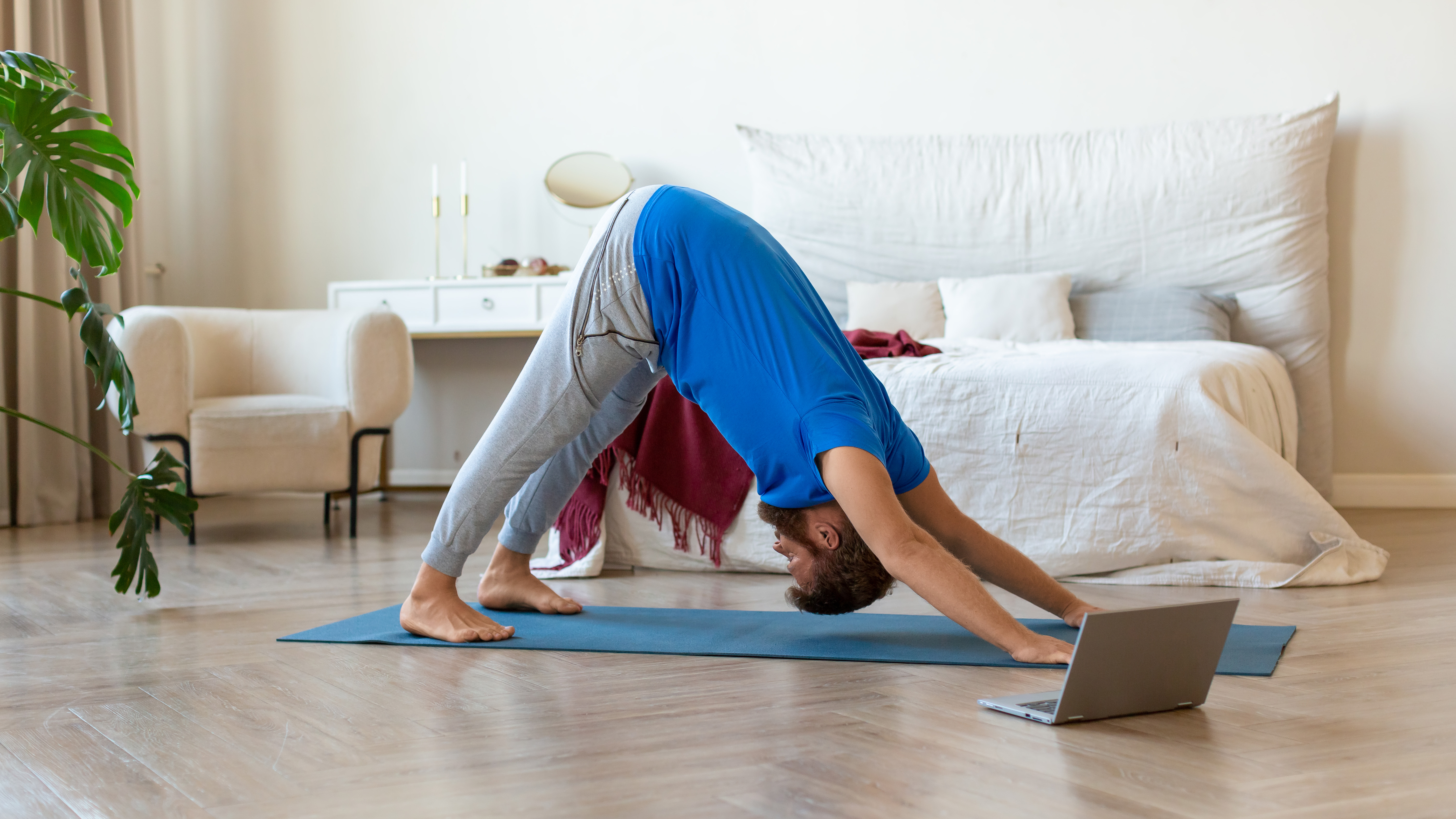
- From your hands and knees, tuck your toes, extend your legs and lift your hips.
- Press through your hands, keeping a slight bend in your knees while maintaining a flat back.
- Alternately lower and lift each heel to stretch out the back of your legs.
4. Puppy dog
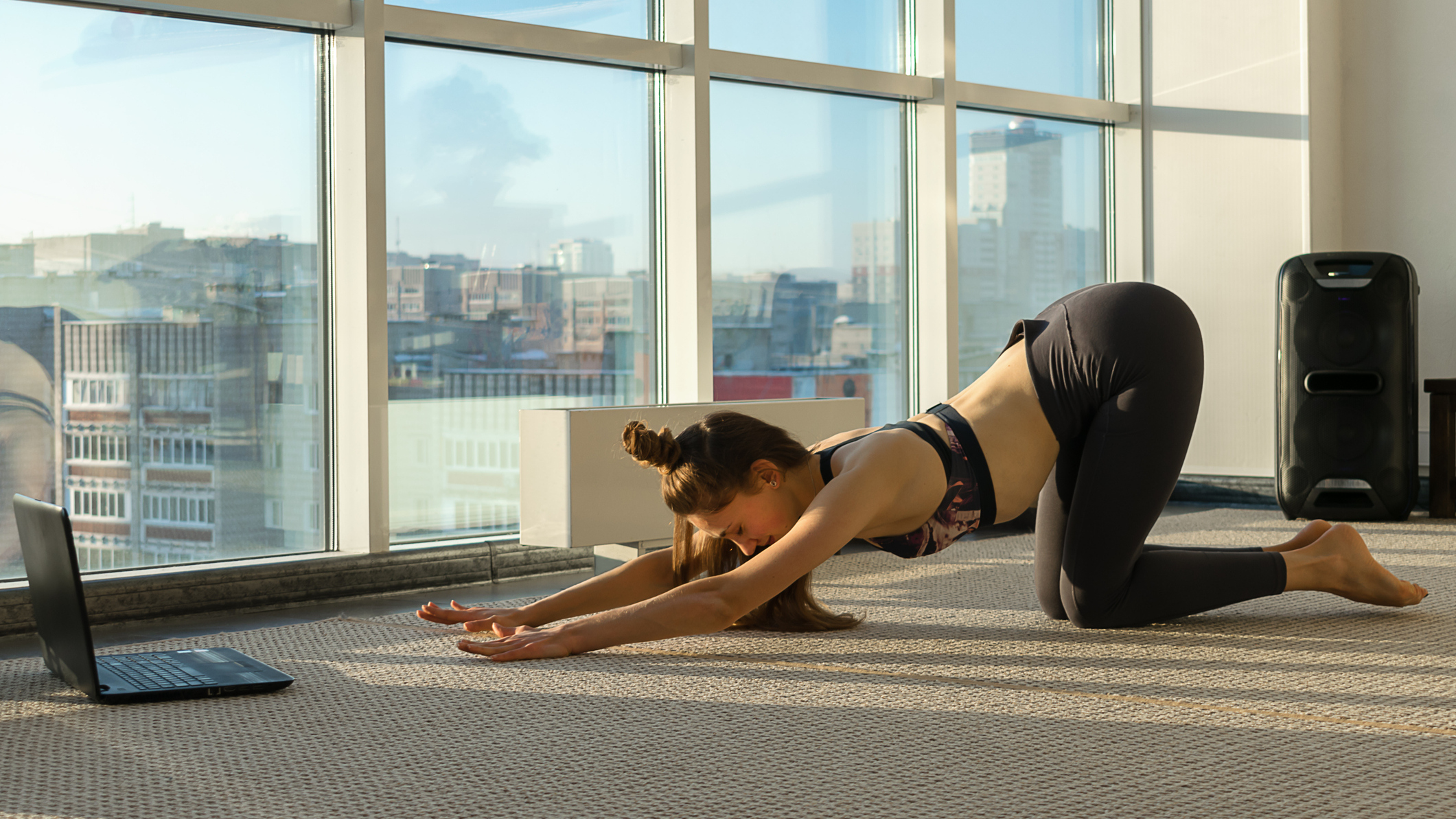
- From your hands and knees, open your knees wider.
- Keeping your hips above your knees, stretch your hands forward.
- Lower your chest and chin.
5. Cat-cow
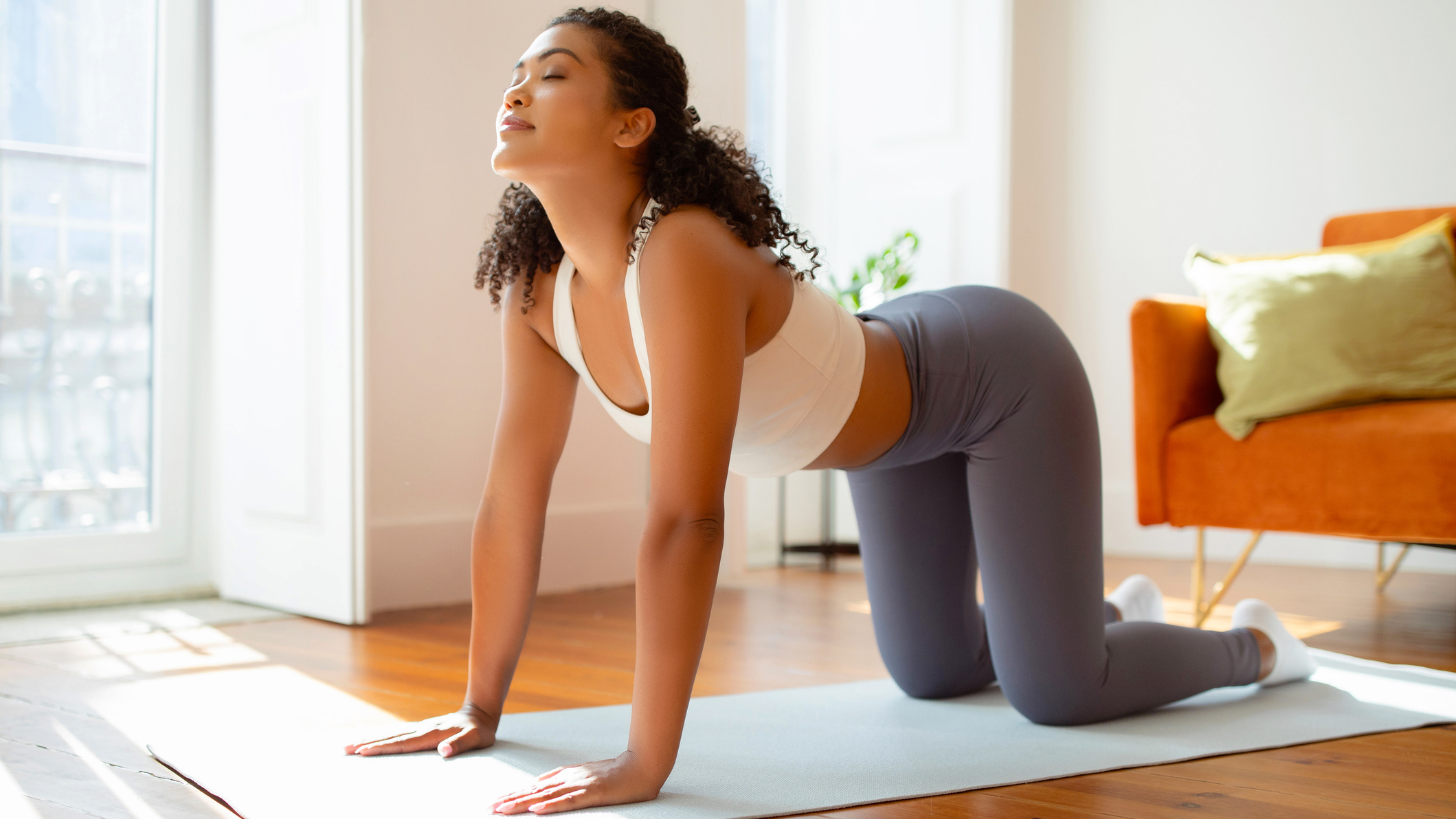
- Begin on your hands and knees.
- Inhale and arch your back, lifting your chest and chin.
- Exhale and round your back, dropping your chin to your chest and drawing your abs inward.
- Alternate between arching and rounding your back, moving slowly and with control, for two minutes.
6. Thread the needle
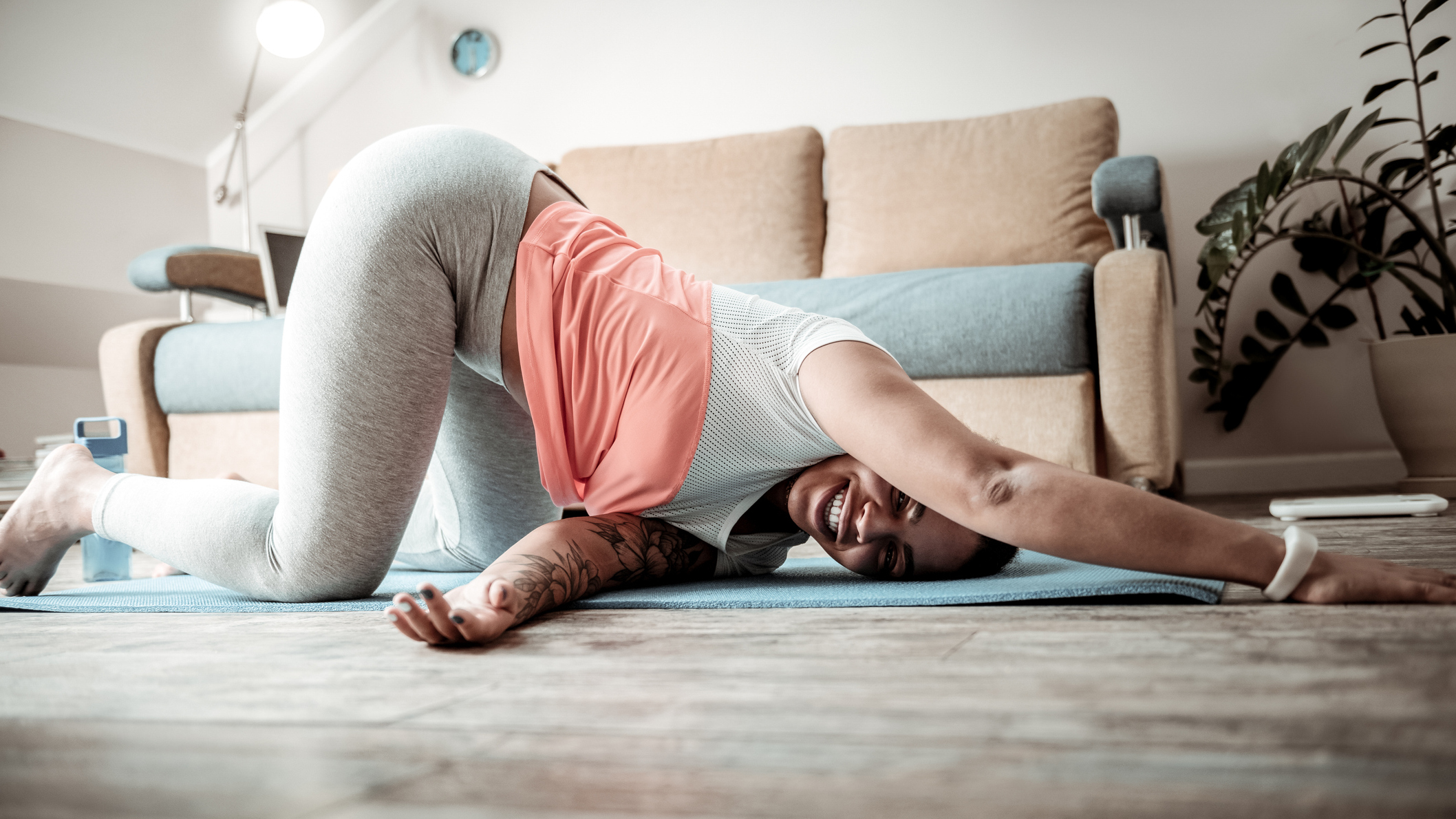
- From your hands and knees, thread your right arm between your left hand and knee, lowering your right shoulder toward the floor.
- Move your left hand forward to deepen the twist.
- Hold for one minute, then switch sides.
7. Saddle pose

- From kneeling, sit back on your heels.
- Slowly lower your torso back, onto your hands, elbows or as low as you can.
- Breathe deeply and slowly, as your thighs and hip flexors gradually relax.

Sam Rider is an experienced freelance journalist, specialising in health, fitness and wellness. He is also a REPS level 3 qualified personal trainer.
